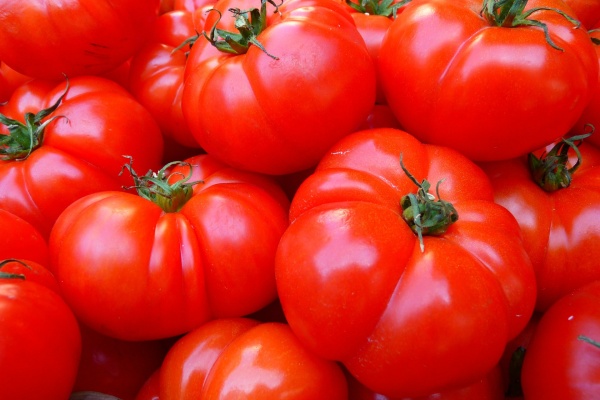With the goal to halve food wastage by 2030, Peter Ruffley, chairman of Zizo, takes a look at why data could be the answer to meeting this ambitious target.
A raft of new sustainability and food wastage initiatives is undoubtedly focusing the attention on food service and hospitality providers.
Otherwise wasted food from kitchens is increasingly being repurposed by a number of great charities, which is a great start but should not distract from the bigger issues within the end to end food production supply chain.
In addition to improving the measurement and monitoring of food production within kitchens, it will be the sharing and analysis of data from manufacturers, 3PLs, processors and hospitality that will be key to achieving the ambitious targets in reducing wastage.
Front line responsibility
There has been a plethora of recent initiatives to tackle the £3bn of food wasted in this food service and hospitality sector every year, from ‘Step Up to the Plate’ which encourages organisations to make commitments to measure and reducing their own food waste, to the ‘Guardians of Grub’ from Wrap and ‘Food waste, Bad taste’ from the Sustainable Restaurant Association.
While the target to halve food waste by 2030 may seem ambitious, its goal is to get half of the 250 largest food businesses measuring, reporting and acting on food waste this year under the IGD Food Waste Reduction Roadmap that will require a very significant change in mindset.
Right now, many of the companies in this sector looking at food sustainability have passed the buck to those on the front line: signing up with any one of the excellent charitable organisations, such as FareShare, which repurpose and redistribute surplus food.
While this is clearly an important step in ensuring this food is used wherever possible, it does not address the reason for that waste in the first place.
Companies are not actively monitoring and measuring the entire food preparation process to better understand the causes of waste.
Data driven reduction
Clearly attitudes are changing; the idea that wastage is an inevitable biproduct of food production is being challenged.
Given the economic challenges facing the issue, the financial benefits are also compelling: according to research from Wrap, the average benefit-cost ratio for food waste reduction was 7:1 over a three-year time frame.
And key to achieving this benefit is data driven understanding; from measuring food waste, to rethinking inventory and purchasing practices and reducing food over production.
Some steps are easier than others. Food waste is highly visual – and with the right approach companies can quickly map trends.
Are some menu items routinely uneaten? Can portion sizes be reconsidered?
Clearly it is easier to impose control within those mass market organisations with ubiquitous, often microwaved, food products.
In many ways the trend towards fresh, local and healthier eating has made it more difficult to manage and reduce wastage.
But measuring trends in food utilisation and consumption can quickly reveal opportunities to reduce portion size, tweak menus and rethink supply.
Changing attitudes
Cultural shifts in this area will also pay dividends. Change customer expectations by reducing the extensive menus, for example.
It is far easier to predict demand and ensure consistent quality with a smaller product set, which will reduce waste; and publicising the sustainability goal will resonate with the customer base.
Companies also need to look beyond the kitchen and consider the end to end supply chain – and this too will require a change in attitude from the industry to achieve transparency and understanding.
Right now, an organisation with a supply chain that stretches around the world will typically have no information from multiple manufacturers or third-party logistics (3PL) about wastage or fuel consumption.
To achieve any meaningful insight into environmental impact will require a collaborative approach to data sharing if food overproduction is to be addressed right from the beginning of the supply chain.


